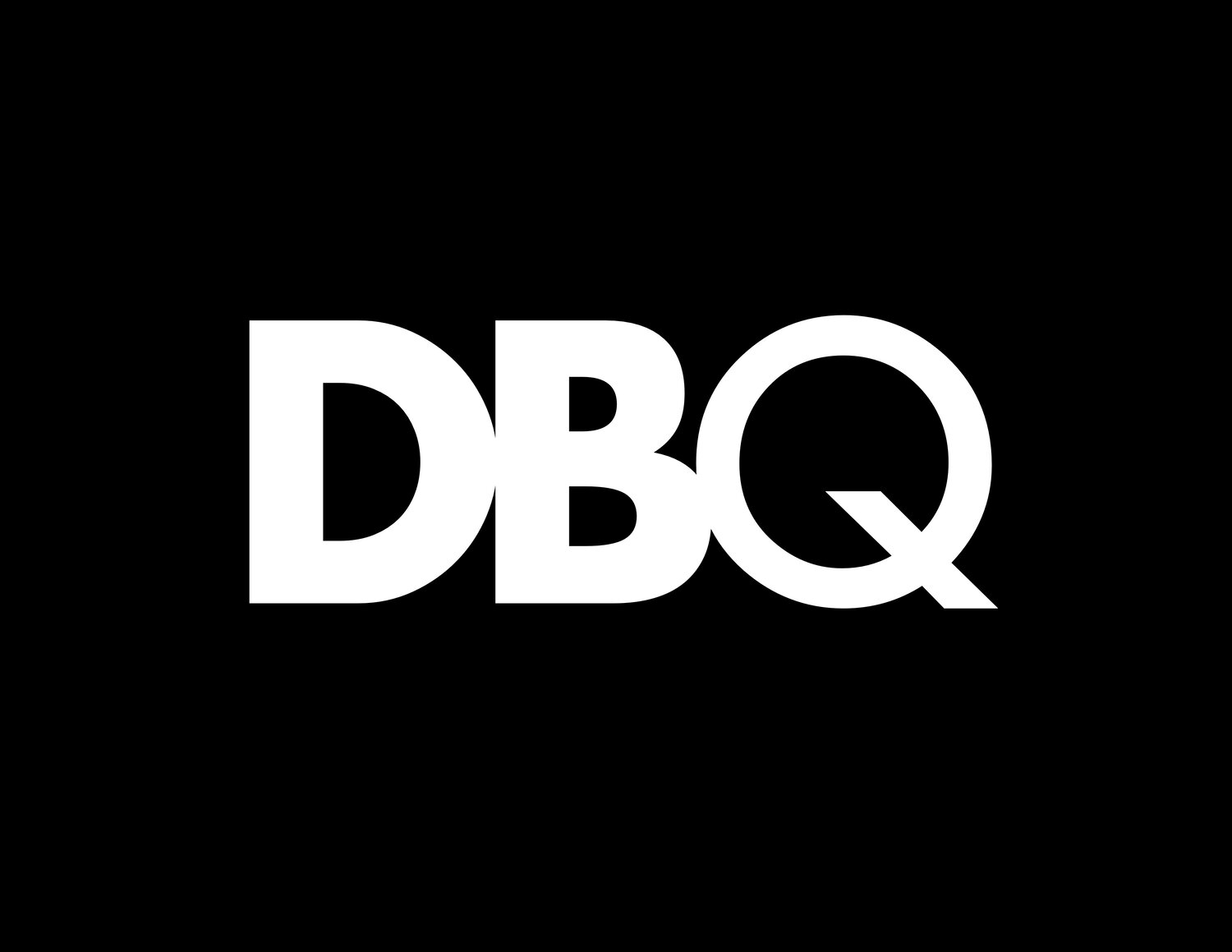U = U
U=U
BY Abraham Z. Tomo, Jr.
I remember being very young—no older than six or seven—when my mother first told me about HIV, which she probably referred to as AIDS, being the scarier condition everyone knew as sudden death. The moment and specific words used during the conversation have all faded into a vague memory, but the story about my mother’s second oldest brother, Michael, dying from AIDS complications in 1994 has been with me since.
Although I had been three-years-old at the time, I have no recollection of my uncle, but Mom told me how grandma wouldn’t allow Uncle Mike to use the dishes and silverware in fear of him spreading the virus. I feel no shame in my grandma’s actions since she lived during a time of the virus when people, including health professionals, had no idea what they were up against. Men, mostly white and gay, were dying left and right leaving family and friends with nothing but sorrow and fear while the government took its time before implementing policies and treatments to assist those effected across the country.
Now, we’re still faced with startling dilemmas like the disproportionate number of black and brown, gay or bisexual men who lead in HIV transmission and acquisition statistics, most of them being between the ages of 13-24. The CDC recently announced that 2016 saw the highest STD infection rates since they began recording. Every time I hear or read statistics like these, it just reminds me that we have more work to do when it comes to educating people on sexual risk to reduce transmission rates. I’d like to think we all have healthy, responsible conversations about sex not only with our sexual partners but our friends as well. But working in public health, I encounter ignorance and misconceptions often.
Many of these misconceptions about HIV/AIDS have held up through the last three decades. A problematic misconception that often keeps people from adhering to their medications is that HIV medications actually do more harm than good, which is a logical misunderstanding since AZT (an antiretroviral medication used in the 1990’s) had terrible side effects. Before I began working in public health, I believed a few misconceptions that traditional education hadn’t debunked like mosquitoes transmitting the virus before learning this past summer that HIV cannot survive outside the human body in any form. I always knew it died in air, but without our DNA, it cannot replicate. I didn’t have much to unlearn, as my coworkers and superiors reminded me that I wasn’t the only person who had been misinformed. One of the deadliest misconceptions, in my belief, is that it’s a gay man’s disease, being known as “gay cancer” in the 1980’s.
I think we have done a disservice to our communities by linking HIV/AIDS with gay men. Most of the literature and rhetoric is centered on gay men’s health in combination with HIV prevention. When we see an HIV/AIDS advertisement like PrEP (Truvada) on the subway or those ads that pop up before a YouTube video, the narrative always implies it’s something gay men need to be more aware and concerned about than their heterosexual counterparts, which I feel is very irresponsible. Yes, gay men lead in HIV transmission statistics, but they are not the only ones who contract the virus. PrEP should not only be recommended to gay men but all sexually active people. During your last doctor visit whether you were getting tested or not, did the physician mention PrEP or that it was over 90% effective in keeping a HIV negative person from getting the virus? I already know the answer, but these are the things that are most important in the fight against HIV.
While attending the Gay Men’s Awareness Day Summit in New Brunswick, NJ “to address the HIV/AIDS epidemic and its effects on gay communities,” there was a presentation by Jesse Milan, Jr., President and CEO of AIDS United on this new concept I’ve been hearing about all summer called “U=U” or “Undetectable=Untransmittable”, which means a person with an undetectable viral load is not able to transmit the HIV virus to another. Mr. Milan announced that the Director of the Division of HIV/AIDS Prevention Department of the CDC confirmed U unequivocally equals U. A study had been done in 14 European countries with 888 serodiscordant couples, or couples with one partner who is HIV positive and the other who is negative, reporting 58,000 acts of condomless sex resulting in zero HIV transmissions. This is the most astounding news I’ve heard in regards to HIV ever.
HIV treatment has come a long way since the days of my uncle Mike who had to suffer while Mom watched her favorite brother waste away. Science has given us PrEP, which can be used in substitute of a condom as protection, although condoms are an added benefit. We also have medications people respond to better than AZT that suppresses a person’s viral load so much that not even the most sensitive equipment can detect the virus, which means if this virally suppressed person is consistent with taking their medications maintaining an undetectable status, he or she cannot transmit HIV.
Can you imagine a world with HIV positive people living long, healthy lives with undetectable statuses and HIV negative people taking PrEP to stay negative while having responsible discussions about their sexual histories?
We can stop the virus; it’s possible now more than ever.



